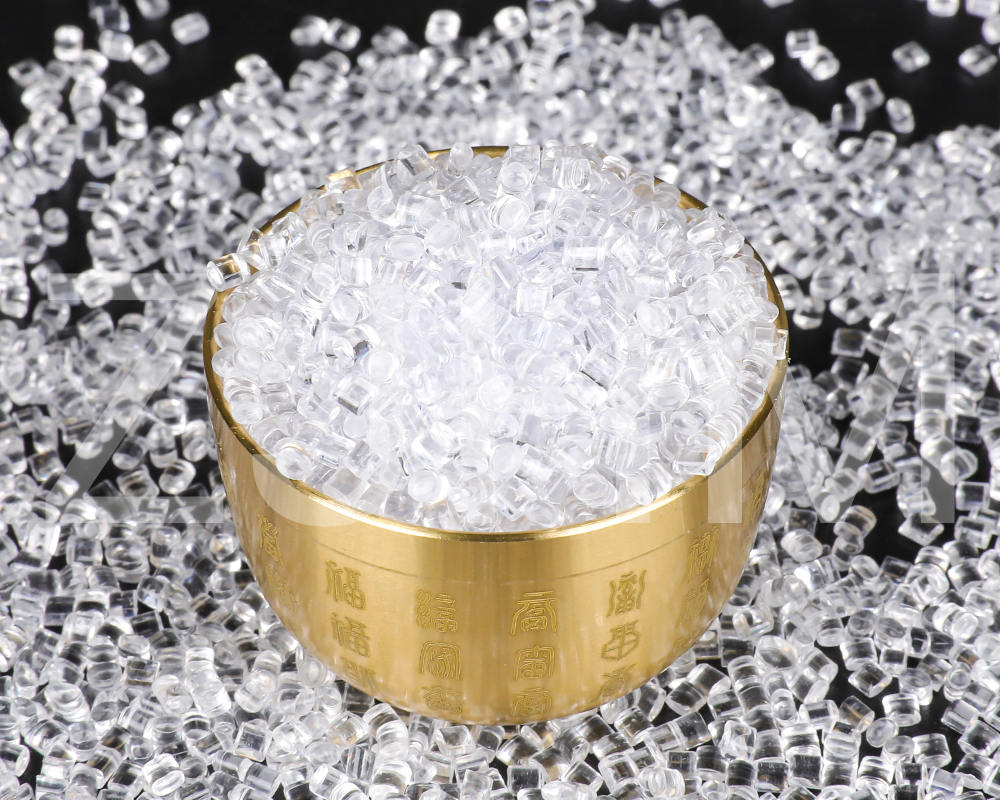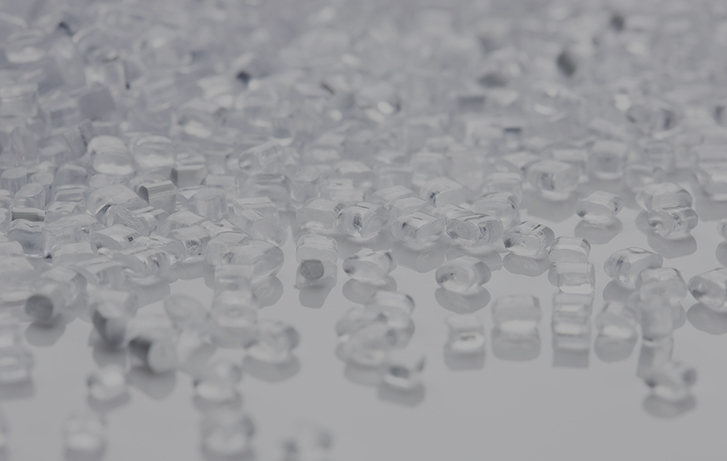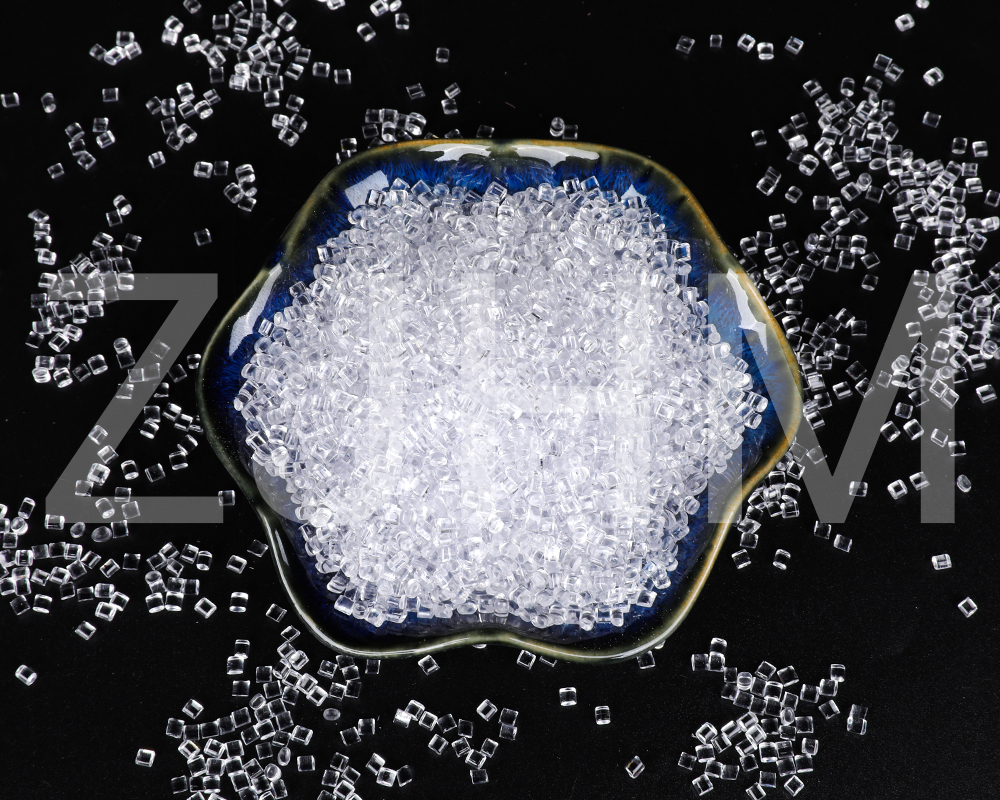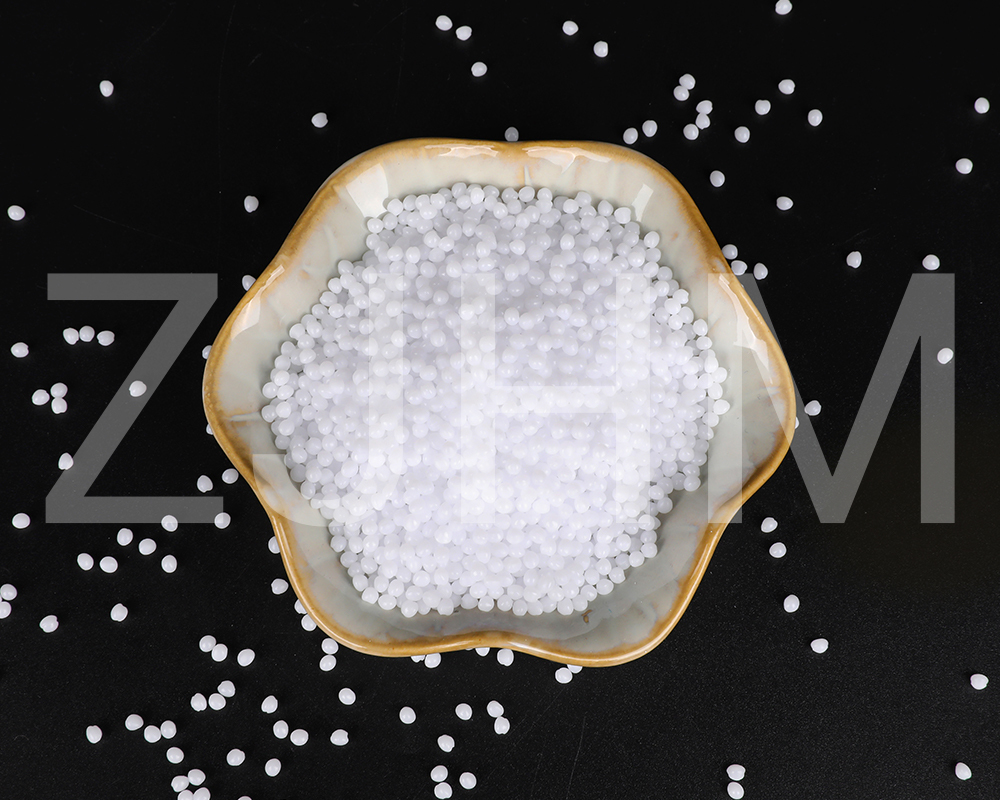General Purpose Polystyrene (GPPS) granules, celebrated for their crystalline transparency and remarkable versatility, have become indispensable in modern manufacturing. These granules serve as the backbone for a plethora of applications, from packaging materials to consumer goods. However, transforming these raw granules into functional products requires specialized processing techniques. Below, we delve into the most prevalent methods employed to harness the full potential of GPPS granules.
Injection Molding: Precision Meets Efficiency
Injection molding stands as one of the quintessential techniques for shaping GPPS granules. This method involves melting the granules within a heated barrel before injecting the molten material into a meticulously designed mold. The result? Components with unparalleled dimensional accuracy and intricate geometries.
From electronic housings to toys, injection molding is lauded for its ability to produce high volumes with minimal waste. Its rapid cycle times make it particularly appealing for industries demanding scalability without compromising precision.
Extrusion: Crafting Continuous Forms
Extrusion offers a different avenue for GPPS granule transformation. In this process, the granules are melted and forced through a die to create continuous shapes such as sheets, rods, or films. The adaptability of extrusion makes it a cornerstone for industries requiring uniformity across extended lengths.
The resultant products often find their way into packaging solutions, signage, and even lighting fixtures. By leveraging extrusion, manufacturers can achieve both aesthetic appeal and structural integrity, ensuring that GPPS retains its hallmark clarity and rigidity.

Thermoforming: Sculpting with Heat
Thermoforming represents an elegant marriage of simplicity and sophistication. Here, GPPS sheets—often produced via extrusion—are heated until pliable and then molded over a form using vacuum or pressure. This technique excels in producing items like blister packs, clamshell containers, and display units.
Its cost-effectiveness and relatively straightforward setup make thermoforming a preferred choice for businesses seeking to balance quality with budgetary constraints. Moreover, the process allows for intricate detailing, enabling brands to elevate their product presentation.
Blow Molding: Breathing Life into Hollow Objects
For hollow objects such as bottles or containers, blow molding emerges as the go-to solution. This method involves inflating a heated GPPS parison—a tubular piece of plastic—within a mold cavity. As air pressure expands the material, it conforms to the mold's contours, yielding lightweight yet robust structures.
Blow molding not only ensures excellent surface finish but also facilitates the creation of complex designs. Its application spans across industries ranging from food and beverage to personal care, underscoring its adaptability.
Compression Molding: A Legacy of Durability
Though less common than its counterparts, compression molding holds a niche for specific applications. In this process, GPPS granules are placed directly into a heated mold, which is then closed and pressurized to shape the material.
This technique shines when crafting large, durable parts such as automotive components or electrical insulators. While slower than injection molding, compression molding compensates with superior strength and resistance to deformation.
Conclusion: Unlocking the Potential of GPPS
The myriad processing methods available for GPPS granules underscore their adaptability and enduring relevance in contemporary manufacturing. Whether through the precision of injection molding, the continuity of extrusion, or the ingenuity of blow molding, each technique unveils new possibilities for innovation.
By selecting the appropriate method, manufacturers can tailor GPPS to meet exacting standards while maintaining its intrinsic properties. In doing so, they not only optimize production but also pave the way for groundbreaking applications that redefine what’s possible.

 English
English
 Español
Español

 +86-0571-61070797
+86-0571-61070797
















